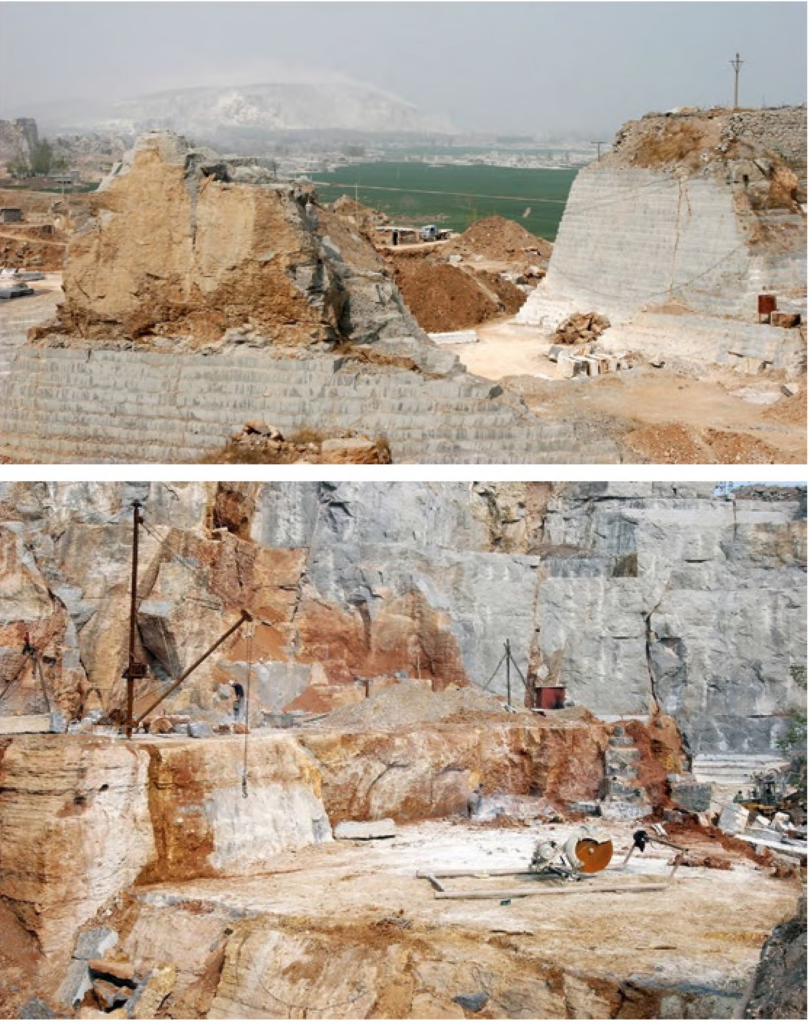YANG FUDONG
Born 1971 in Beijing, China, lives and works in Shanghai, China
Blue Kylin (2008), On the Double Dragon Hills (2012)

Working across film, photography, and installation, Yang Fudong is part of China’s pioneering generation of avant-garde contemporary artists who emerged in the 1990s. He first started experimenting with 35mm film while studying painting at the China Academy of Art in Hangzhou, from which he graduated in 1995. Yang’s practice spans a wide spectrum of aesthetic and critical influences, from traditional scroll painting and the golden age of leftist Chinese cinema in 1930s Shanghai to the expressionism of global New Wave cinematic movements. Known for his highly stylized and formally abstract commentaries on historical, social, and political developments, Yang has since shown in prestigious international group shows such as the Sharjah Biennial (2013), the Venice Biennale (2003, 2007), and documenta11 (2002), and has had numerous solo institutional surveys.
A pivotal period of Yang’s genre-defying photographic and filmic practice was the making of his first feature film, An Estranged Paradise, which he first shot in 1997 but only completed in 2002, when it was shown as part of documenta11. It followed the life of a disillusioned young Chinese intellectual in Hangzhou, plagued by an unnamed malaise of profound discontentment shared by many youths of his post–Cold War generation. With the same documentarian eye to the quotidian whilst reflecting the unsettling atmosphere of China’s rapid modernization, Yang’s On the Double Dragon Hills (2012), which is presented here, records the livelihoods of stone craftsmen in Shandong Province, an area known for its rich natural abundance of bluestone, which is seen as a signifier and bringer of prosperity in China.
The film portrays the routine labor of workmen in one of the region’s stone quarries. Their unscripted movements, from handling machinery to standing or sitting and resting, take on the quality of theater, a choreography that unfolds before the backdrop of the quarry’s dramatic natural landscape. Yang’s edited sequences flit across two screens in silent, black-and-white frames. The unheard loudness of the shown activity starkly contrasts the silence of the artist’s double-channel composition—underscoring the film as both a documentary and carefully crafted, artistic work. Together with two photographs from Yang’s earlier series Blue Kylin (2008), also documenting the quarry, the film offers a window into the livelihoods and performances of labor that have defined China’s participation in the globalized economy.
